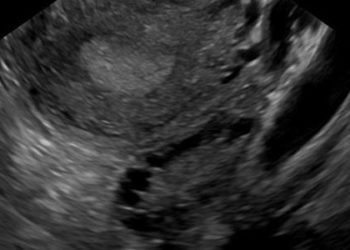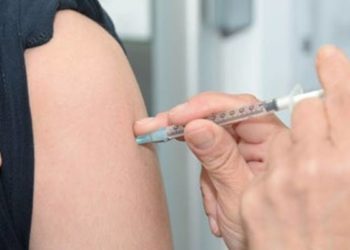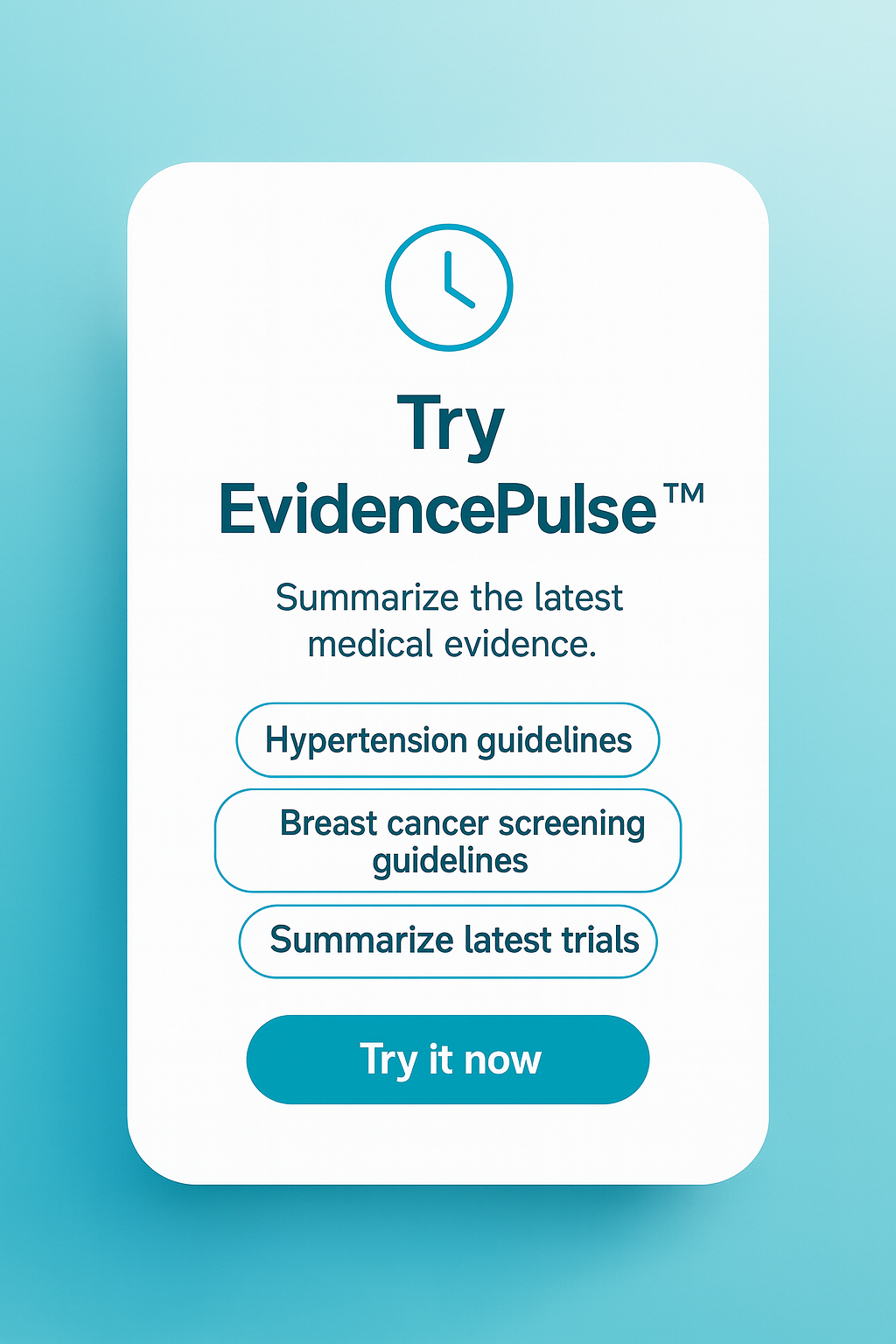[Researcher Comment] Vulvovaginal swabs more sensitive than endocervical swabs at detecting Chlamydia
[tabs tab1=”2MM Rundown” tab2= “Full 2MM Report” tab3=”About the Authors”]
[tab]
1. Vulvovaginal swabs were more sensitive than endocervical swabs at detecting chlamydial infections in symptomatic and asymptomatic women.
2. If a woman requires a speculum exam, she should have an antecedent vulvovaginal swab, either self-taken or physician-taken prior to speculum insertion.
This is the first study to show that self-taken vulvovaginal swabs are more sensitive than physician-taken endocervical swabs for detecting chlamydial infections in both symptomatic and asymptomatic women. As such, it is likely that vulvovaginal swabs, either self-taken or performed by physicians prior to speculum insertion, are superior to endocervical swabs for detecting Chlamydia.
In the context of this study, endocervical swabs would have missed 1 out of 11 cases of chlamydia. Limitations include the homogeneity of the study population (the majority were white young adults). However, the ideal site from which to detect Chlamydia is not expected to vary by age or ethnicity such that study findings are plausibly generalizable. Further, 42 different clinicians recruited participants, making the findings of the present study reflective of a real clinical situation. Of note, this study dealt with a cohort of women receiving speculum examination and did not compare the sensitivity of vulvovaginal and/or endocervical swab samples to urine samples.
Click to read the study in BMJ
[/tab]
[tab]
Study author, Janet D. Wilson, talks to 2 Minute Medicine: Consultant in genitourinary medicine, Department of Genitourinary Medicine, Leeds General Infirmary, UK:
“The standard teaching in OBGYN is that women who are having a vaginal speculum inserted should have swabs for gonorrhea and chlamydia taken from the endocervix. However, our study shows that by making a very small adjustment to sample taking in women and using vulvovaginal samples (either self-taken prior to the examination or clinician-taken prior to speculum insertion) rather than endocervical samples, 9% more chlamydia infections can be detected.”
1. Vulvovaginal swabs were more sensitive than endocervical swabs at detecting chlamydial infections in symptomatic and asymptomatic women.
2. If a woman requires a speculum exam, she should have an antecedent vulvovaginal swab, either self-taken or physician-taken prior to speculum insertion.
Primer: Chlamydia, caused by the bacterium Chlamydia trachomatis, is the most common sexually transmitted infection (STI) diagnosed in the United States, United Kingdom, and many other developed countries worldwide. Presenting symptoms include vaginal or penile discharge and pain on urination. However, chlamydial infections are asymptomatic in up to 90% of women, making sensitive diagnostic testing paramount. Untreated, Chlamydia not only can be spread to more partners, but in women can progress to cause pelvic inflammatory disease (PID). PID is a very serious infection that can affect chronic pelvic pain, infertility, and ectopic pregnancy, which can be deadly. Fortunately, chlamydia is treatable with one-time antibiotic treatment (1g azithromycin) (1,2,3).
Given that chlamydial infections are common, treatable, and morbid yet often asymptomatic, sensitive diagnostic screening tests are key. A highly sensitive screening test means the test is capable of identifying as many infected people as possible. The current gold-standard diagnostic test is nucleic acid amplification testing of a genitourinary sample, which can be from a first-catch urine sample, or an endocervical or vulvovaginal swab. The benefit of a vulvovaginal swab is that it is relatively less invasive and can be done in privacy by the patient, where as an endocervical swab requires a physician administered speculum exam and the urine sample can be difficult for some women and is not as practical as a swab in women who are already having a pap smear. Studies have found that women prefer vulvovaginal swabs to endocervical samples (4).
As part of another study comparing methods of detection of gonorrhea (5), this study compares sensitivities of two different sample types (vulvovaginal versus endocervical) in detecting Chlamydia.
Background reading:
- Up-to-date: Chlamydia (beyond the basics)
- Clinical manifestations and diagnosis of Chlamydia trachomatis infections
- Up-to-date: Screening for Chlamydia trachomatis
- Women find it easy and prefer to collect their own vaginal swabs to diagnose Chlamydia or Gonorrhea infections
- Assessment of self-taken swabs versus clinician taken swab cultures for diagnosing gonorrhea in women
This [prospective diagnostic sensitivity] study: recruited 3973 women aged 16 years and older at initial presentation to practitioners in the United Kingdom. The women each had two samples collected—one a self-taken vulvovaginal swab before their speculum exam and the other a physician taken endocervical swab during the exam. Each sample was analyzed for Chlamydia trachomatis using the Aptima Combo-2 assay.
Physician-taken endocervical swabs resulted in an overall sensitivity of 88%, while the self-taken vulvovaginal swabs had an overall sensitivity of 97% (p<0.00001). When stratified by symptoms at presentation, vulvovaginal swabs were more sensitive than the endocervical swab in women who were asymptomatic and in women who presented with at least one symptom.
In sum: This is the first study to show that self-taken vulvovaginal swabs are more sensitive than physician-taken endocervical swabs for detecting chlamydial infections in both symptomatic and asymptomatic women. As such, it is likely that vulvovaginal swabs, either self-taken or performed by physicians prior to speculum insertion, are superior to endocervical swabs for detecting Chlamydia.
In the context of this study, endocervical swabs would have missed 1 out of 11 cases of chlamydia. Limitations include the homogeneity of the study population (the majority were white young adults). However, the ideal site from which to detect Chlamydia is not expected to vary by age or ethnicity such that study findings are plausibly generalizable. Further, 42 different clinicians recruited participants, making the findings of the present study reflective of a real clinical situation. Of note, this study dealt with a cohort of women receiving speculum examination and did not compare the sensitivity of vulvovaginal and/or endocervical swab samples to urine samples.
Click to read the study in BMJ
By [MS] and [LH]
More from this author: Pediatric versus Obstetric recommendations for in-utero peds consult, New worldwide target for reducing preterm births by 2015, No-cost contraception reduces unintended pregnancies
© 2012 2minutemedicine.com. All rights reserved. No works may be reproduced without written consent from 2minutemedicine.com. Disclaimer: We present factual information directly from peer reviewed medical journals. No post should be construed as medical advice and is not intended as such by the authors or by 2minutemedicine.com. PLEASE SEE A HEALTHCARE PROVIDER IN YOUR AREA IF YOU SEEK MEDICAL ADVICE OF ANY SORT.
[/tab]
[tab]
 Maren Shapiro: Maren is a 2nd year M.D. Candidate at the University of Pennsylvania. She graduated from Harvard College in 2010 with a degree in Molecular and Cellular Biology and Health Policy. She is interested in the role of media in health literacy. Before medical school she worked as a medical researcher for “The Dr. Oz Show” and has written articles that have been featured on MyHealthNewsDaily.com, Today.com, and YahooNews.com. Her academic interests include pediatrics and ObGyn, although she is still exploring potential career paths. She is originally from Connecticut and enjoys cooking, crossword puzzles, and playing tennis.
Maren Shapiro: Maren is a 2nd year M.D. Candidate at the University of Pennsylvania. She graduated from Harvard College in 2010 with a degree in Molecular and Cellular Biology and Health Policy. She is interested in the role of media in health literacy. Before medical school she worked as a medical researcher for “The Dr. Oz Show” and has written articles that have been featured on MyHealthNewsDaily.com, Today.com, and YahooNews.com. Her academic interests include pediatrics and ObGyn, although she is still exploring potential career paths. She is originally from Connecticut and enjoys cooking, crossword puzzles, and playing tennis.
 Leah Hawkins: Leah is a 5th year M.D./MPH candidate at Harvard Medical School. After studying reproductive epidemiology as an MPH student, she is currently conducting infertility research at the Brigham and Women’s Hospital. She is a native North Carolinian and alumna of the University of North Carolina at Chapel Hill, where she studied Biology and conducted public health research in southern and eastern Africa as a Morehead-Cain Scholar. She is interested in women’s general and reproductive health and in measures to improve patient education, diagnosis and management.
Leah Hawkins: Leah is a 5th year M.D./MPH candidate at Harvard Medical School. After studying reproductive epidemiology as an MPH student, she is currently conducting infertility research at the Brigham and Women’s Hospital. She is a native North Carolinian and alumna of the University of North Carolina at Chapel Hill, where she studied Biology and conducted public health research in southern and eastern Africa as a Morehead-Cain Scholar. She is interested in women’s general and reproductive health and in measures to improve patient education, diagnosis and management.
[/tab]
[/tabs]






